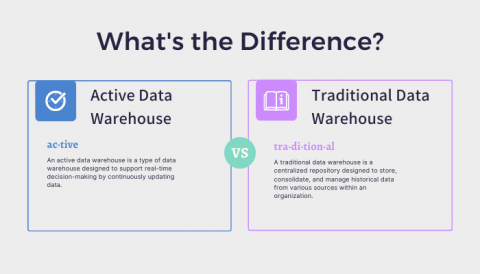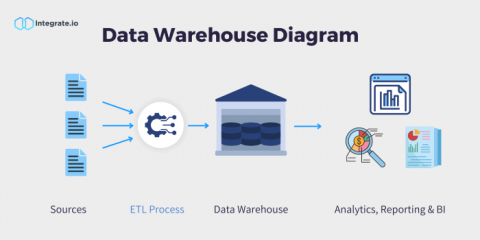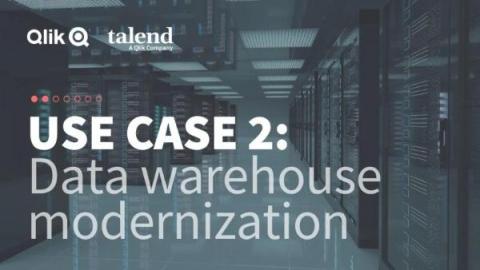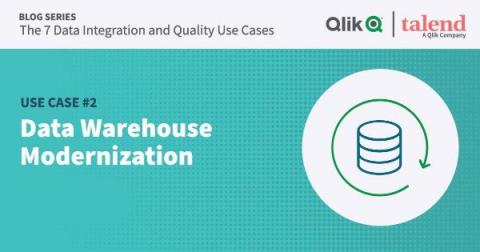Systems | Development | Analytics | API | Testing
Data Warehouses
What is a Data Warehouse & Why Are They Important?
Automate your data warehouse migration to BigQuery with new data migration tool
The new, automated open-source data migration tool moves Teradata, Hive, Redshift, and Oracle data warehouses from on-premises to BigQuery.
Data warehouse modernization: Diving deeper into Qlik Talend data integration and quality scenarios
Step right up, ladies and gentlemen, and witness the grand spectacle of the digital age! In a world where data is king, where information reigns supreme, and cloud data warehouses are multiplying like rabbits, there's a technology initiative like no other— data warehouse modernization! This article is the second in the series "Seven Data Integration and Quality Scenarios for Qlik and Talend," and answers everything you wanted to know about data warehouse modernization but were afraid to ask.
Data Warehouse Modernization: Diving Deeper into Qlik Talend Data Integration and Quality Scenarios
Step right up, ladies and gentlemen, and witness the grand spectacle of the digital age! In a world where data is king, where information reigns supreme, and cloud data warehouses are multiplying like rabbits, there's a technology initiative like no other— Data Warehouse Modernization! This article is the second in the series "Seven Data Integration and Quality Scenarios for Qlik and Talend," and answers everything you wanted to know about Data Warehouse Modernization but were afraid to ask.
AWS Redshift vs. The Rest - What's the Best Data Warehouse?
In the age of big data, where humans generate 2.5 quintillion bytes of data every single day, organizations like yours have the potential to harness more powerful analytics than ever before. But gathering, organizing, and sorting data still proves a challenge. Put simply, there's too much information and not enough context. The most popular commercial data warehouse solutions like Amazon Redshift say they deliver structured, usable data for businesses. But is this true?
17 Best Data Warehousing Tools and Resources
Integrating Cloudera Data Warehouse with Kudu Clusters
Apache Impala and Apache Kudu make a great combination for real-time analytics on streaming data for time series and real-time data warehousing use cases. More than 200 Cloudera customers have implemented Apache Kudu with Apache Spark for ingestion and Apache Impala for real-time BI use cases successfully over the last decade, with thousands of nodes running Apache Kudu.










